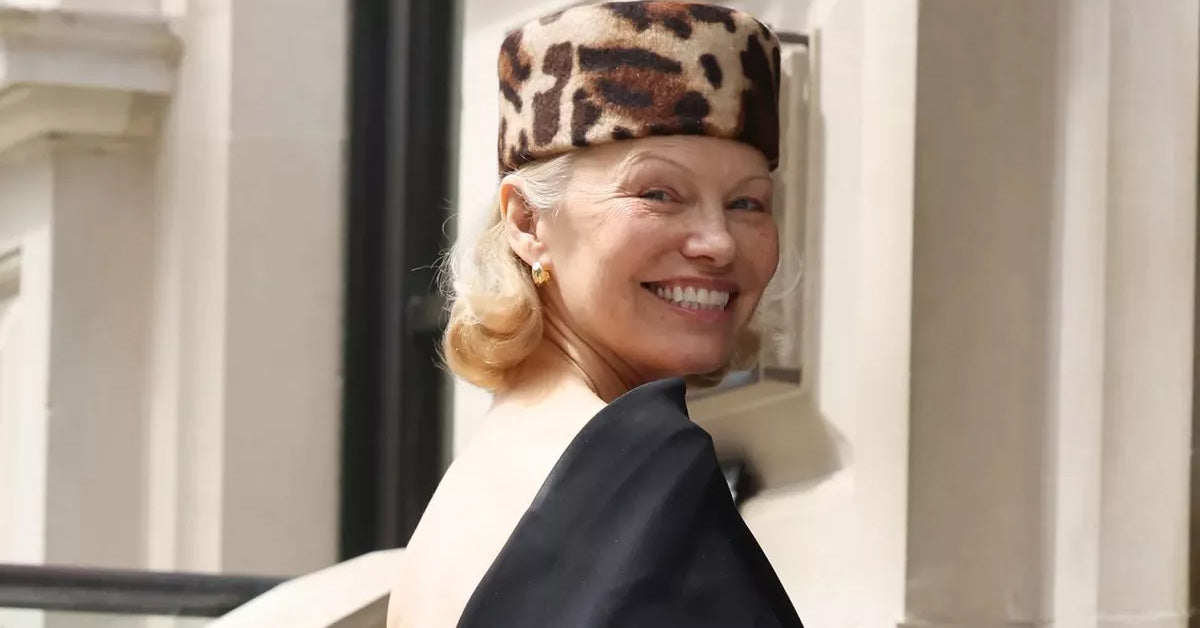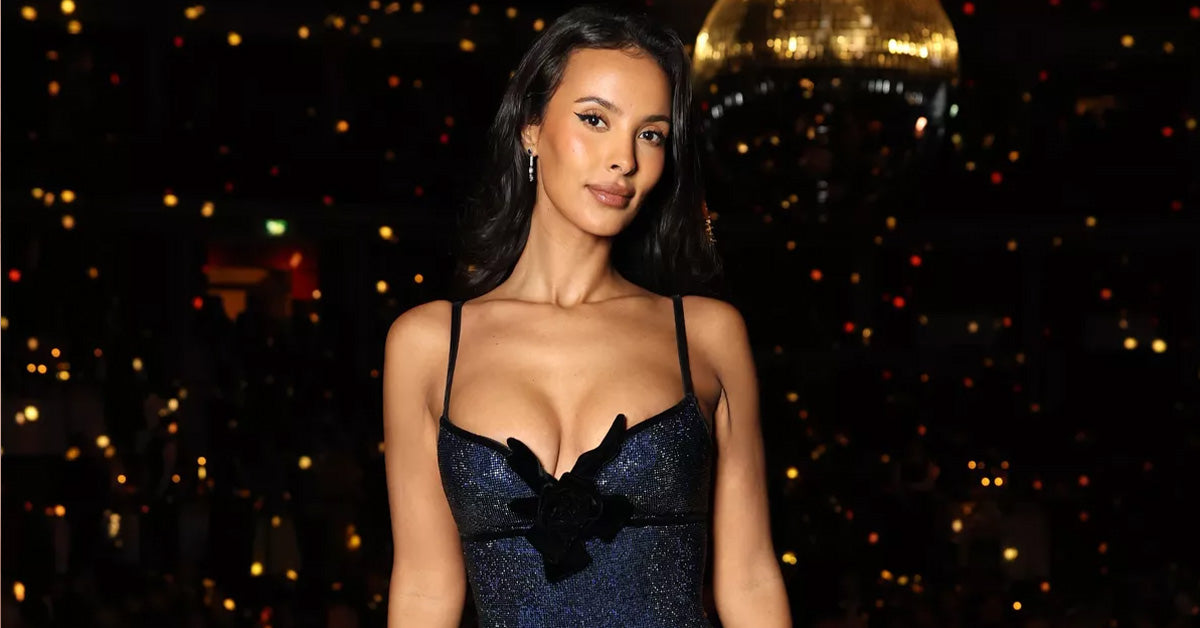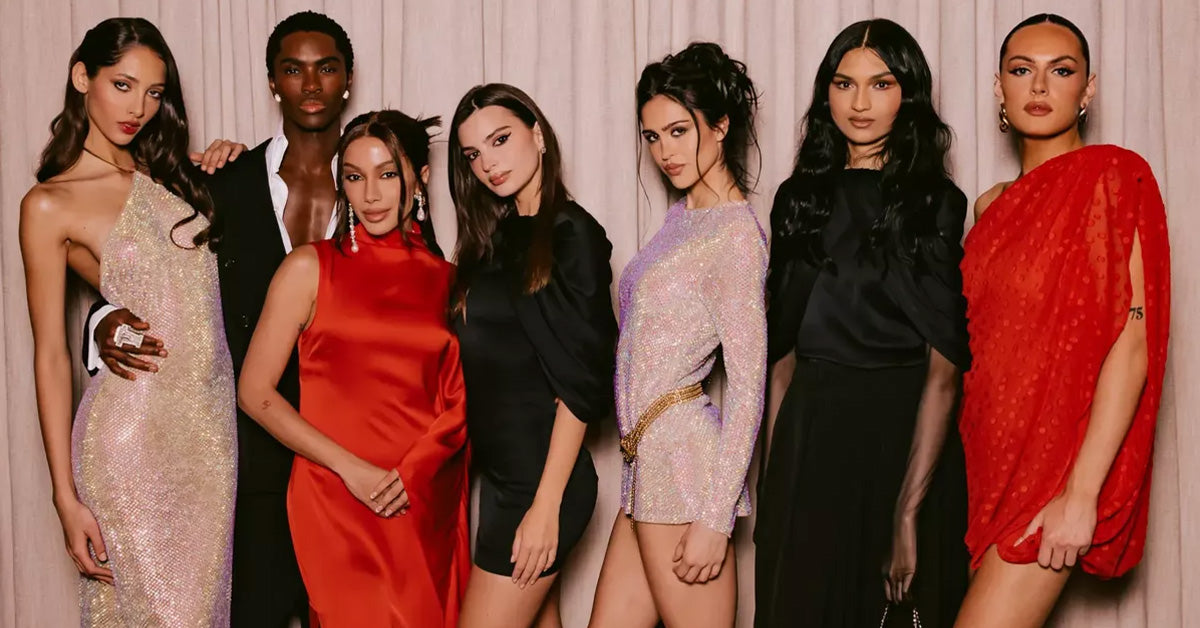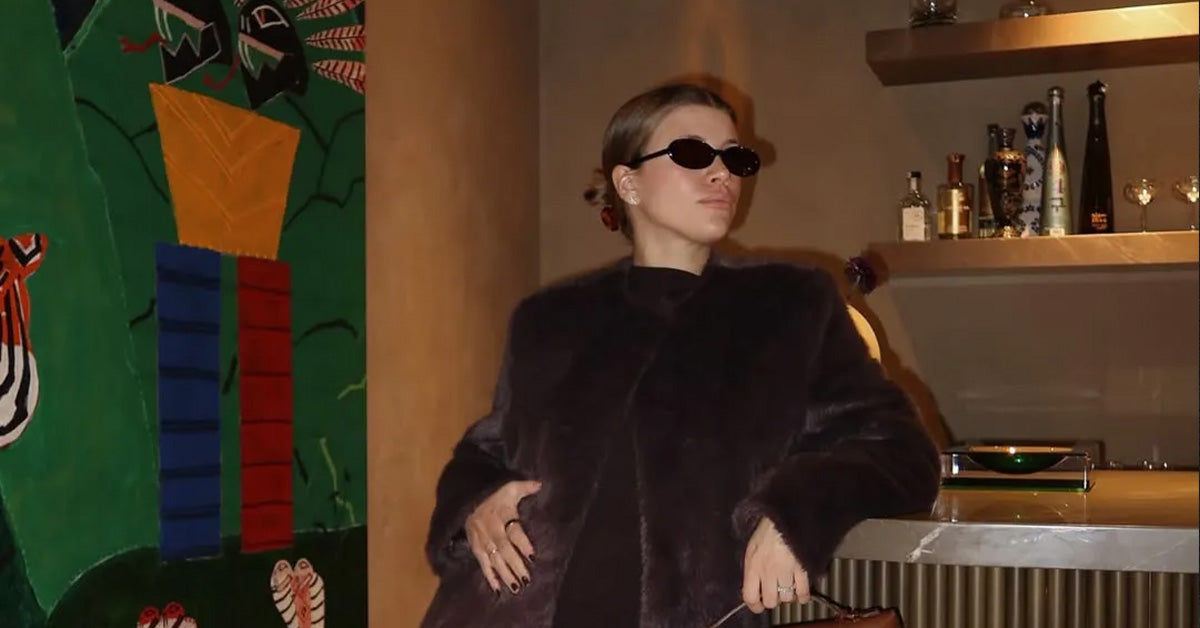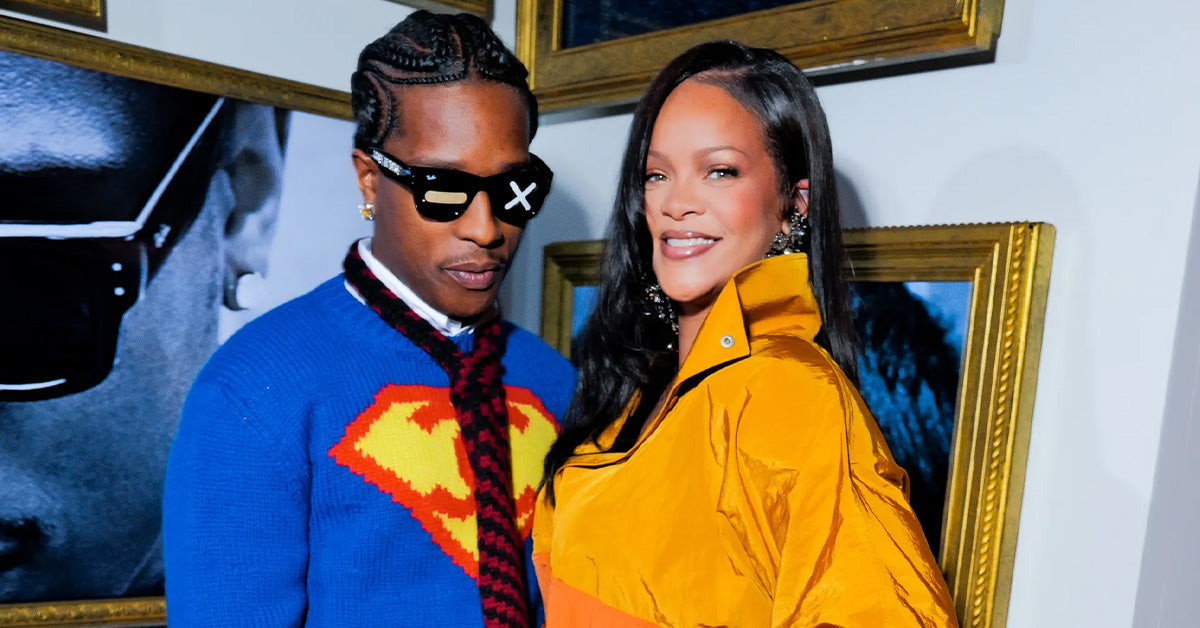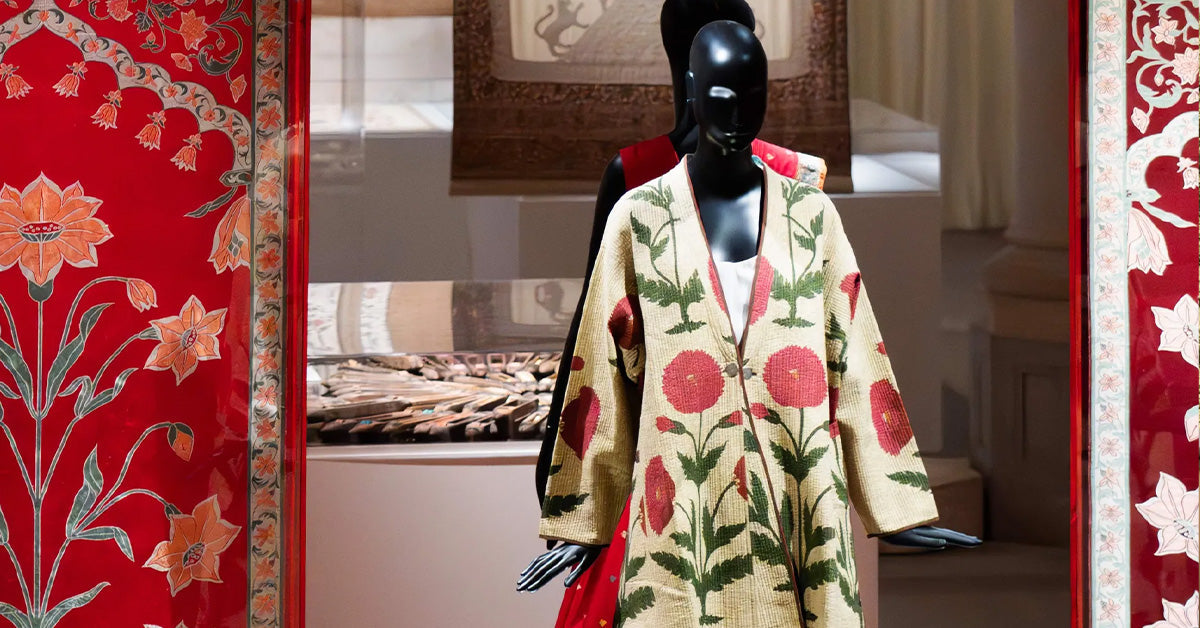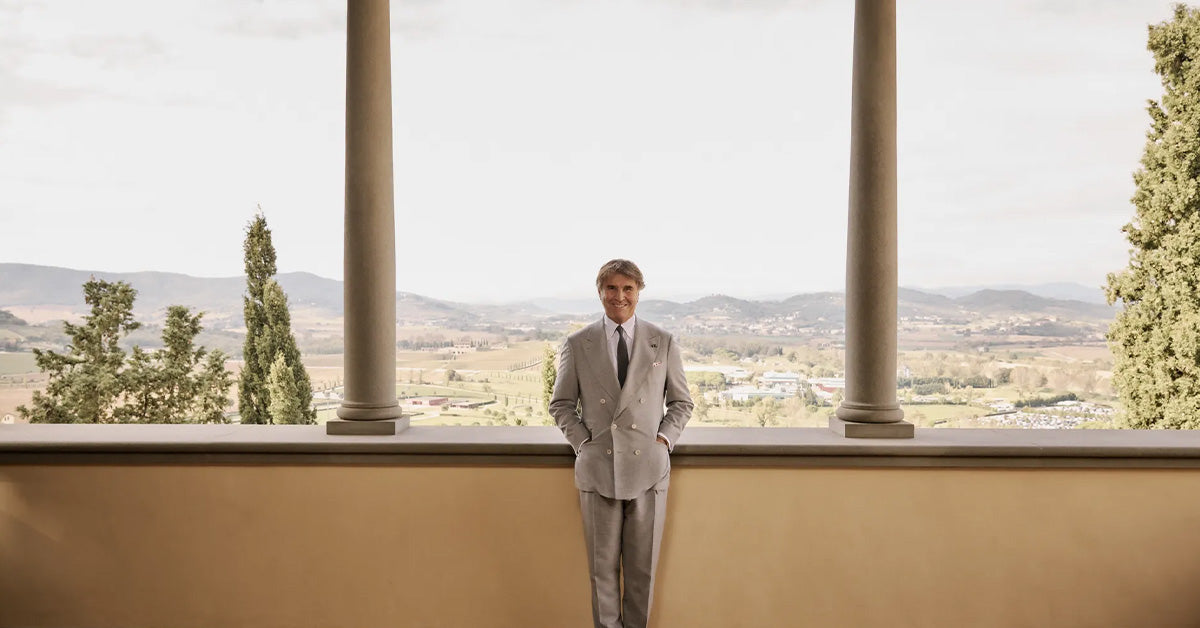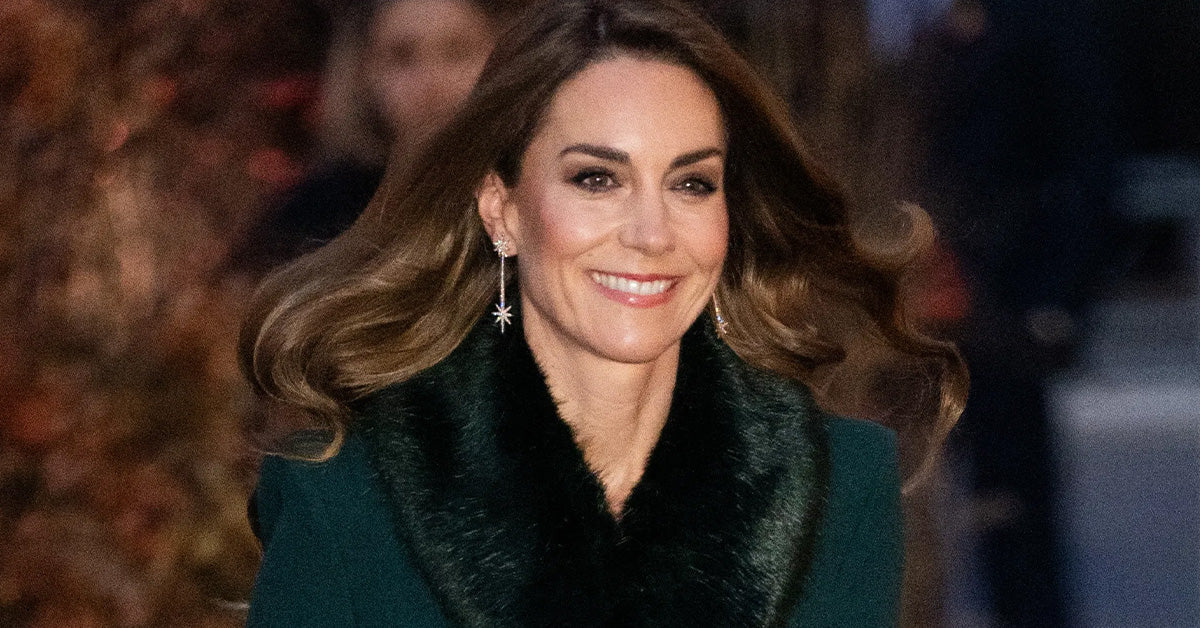Gothic fashion is one of the most intriguing and enduring styles within the world of alternative fashion. Known for its dark, romantic, and dramatic aesthetic, Gothic fashion has captivated the hearts of many since its emergence in the late 1970s and early 1980s. Rooted in history yet constantly evolving, it has become a way for individuals to express their unique identities, embrace mystery, and challenge conventional norms. But what exactly is Gothic fashion? In this article, we’ll explore its history, characteristics, and cultural significance to uncover everything you need to know about this fascinating style.
Origins of Gothic Fashion
The roots of Gothic fashion can be traced back to the Gothic subculture, which emerged alongside the rise of Gothic rock music in the late 1970s. Bands like Bauhaus, Siouxsie and the Banshees, and The Cure played a pivotal role in shaping this dark and melancholic aesthetic. The Gothic subculture was inspired by Victorian Gothic literature, art, and architecture, creating a style that combined historical influences with modern rebellion.
While Gothic fashion initially began as part of the music scene, it quickly evolved into a broader cultural movement. By the 1980s, it had become a distinct fashion style characterized by its dramatic, mysterious, and romantic elements.
Key Characteristics of Gothic Fashion
What makes Gothic fashion so iconic is its ability to seamlessly blend elements of history, mystery, and rebellion. Below are the key characteristics that define this style:
- Dark Color Palette: Black is the dominant color in Gothic fashion, often paired with shades of deep red, purple, and dark green.
- Victorian Influences: Corsets, lace, high collars, and long skirts are often inspired by Victorian-era clothing.
- Dramatic Accessories: Gothic fashion embraces bold accessories, including chokers, statement rings, cuff bracelets, and ornate necklaces.
- Layered Textures: Fabrics like velvet, lace, leather, and mesh are commonly used to create depth and contrast.
- Symbolic Motifs: Gothic fashion often incorporates symbols such as skulls, crosses, bats, and roses to evoke a sense of mystery and the macabre.
- Bold Makeup: Heavy eyeliner, smoky eyes, and dark lipstick are staples of Gothic beauty, enhancing the dramatic aura of the style.
Subgenres of Gothic Fashion
Gothic fashion is not a one-size-fits-all style; it has evolved into several subgenres, each with its distinct characteristics:
- Traditional Gothic: The classic Gothic aesthetic, centered around dark, Victorian-inspired clothing and dramatic accessories.
- Romantic Gothic: A softer, more elegant take on Gothic fashion, featuring flowing fabrics, floral motifs, and a dreamy vibe.
- Cyber Gothic: A futuristic twist on Gothic fashion, incorporating neon colors, industrial elements, and cyberpunk influences.
- Punk Gothic: A rebellious fusion of Gothic and punk styles, characterized by ripped clothing, studded accessories, and bold patterns.
- Lolita Gothic: Inspired by Japanese Lolita fashion, this subgenre emphasizes frilly dresses, bows, and doll-like elements, all with a Gothic twist.
Gothic Fashion in Pop Culture
Gothic fashion has made a significant impact on pop culture, appearing in movies, music videos, and even high-fashion runways. Iconic films like “The Crow”, “Interview with the Vampire”, and “Beetlejuice” showcase Gothic aesthetics, influencing mainstream fashion and media.
Additionally, designers like Alexander McQueen and Rick Owens have incorporated Gothic elements into their collections, proving that this alternative style has earned its place in haute couture. Gothic fashion continues to inspire modern trends, blending historical and contemporary influences to create something truly timeless.
Why Gothic Fashion Endures
Gothic fashion remains relevant for several reasons:
- Self-Expression: Gothic fashion allows individuals to express their personalities, values, and creativity through clothing.
- Timeless Appeal: Its historical influences give Gothic fashion a sense of timelessness, making it continually captivating.
- Versatility: The style can be adapted to suit different tastes, from dark and moody to elegant and romantic.
- Connection to Art and Literature: Gothic fashion is deeply intertwined with art, music, and literature, giving it a rich cultural significance.
Whether you’re a fan of the Gothic subculture or simply drawn to its dramatic aesthetic, Gothic fashion offers something for everyone. It’s more than just clothing – it’s a lifestyle and a form of artistic expression that celebrates individuality and creativity.
Frequently Asked Questions (FAQs) About Gothic Fashion
-
Q: What is the origin of Gothic fashion?
A: Gothic fashion originated in the late 1970s and early 1980s, evolving from the Gothic rock music scene and drawing inspiration from Victorian Gothic literature and art. -
Q: Is Gothic fashion only about wearing black?
A: While black is the dominant color, Gothic fashion often incorporates other dark shades like deep red, purple, and green, along with layered textures and bold accessories. -
Q: Can Gothic fashion be worn casually?
A: Absolutely! Elements of Gothic fashion, such as dramatic accessories or dark makeup, can be incorporated into everyday outfits for a subtle nod to the style. -
Q: What are some famous Gothic fashion icons?
A: Celebrities like Siouxsie Sioux, Robert Smith, and Tim Burton have all contributed to the popularity of Gothic fashion in their respective fields. -
Q: Is Gothic fashion the same as Emo fashion?
A: No, Gothic fashion and Emo fashion are distinct styles. Gothic is rooted in Victorian influences and dark romanticism, while Emo is more focused on emotional expression and punk-inspired clothing.

